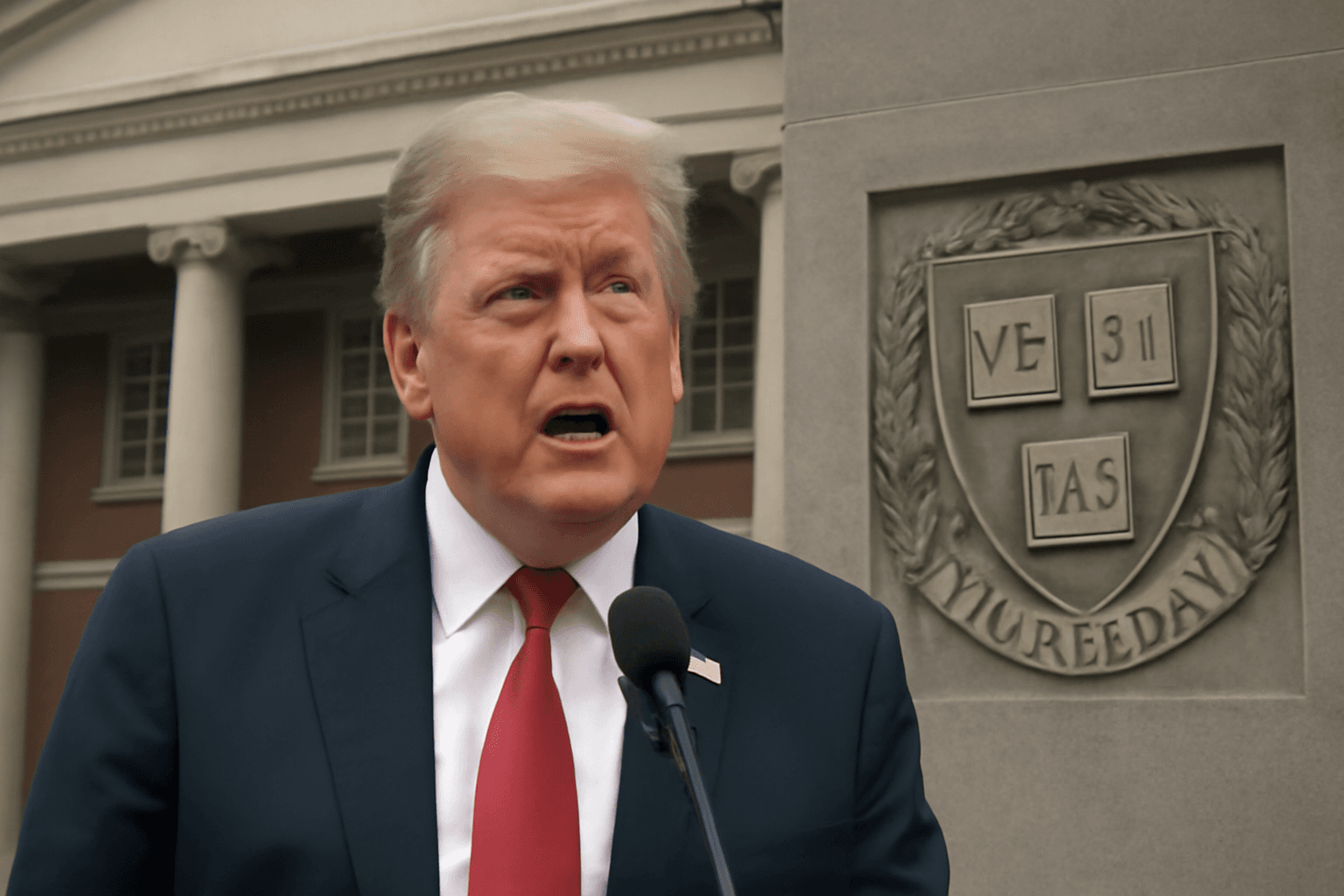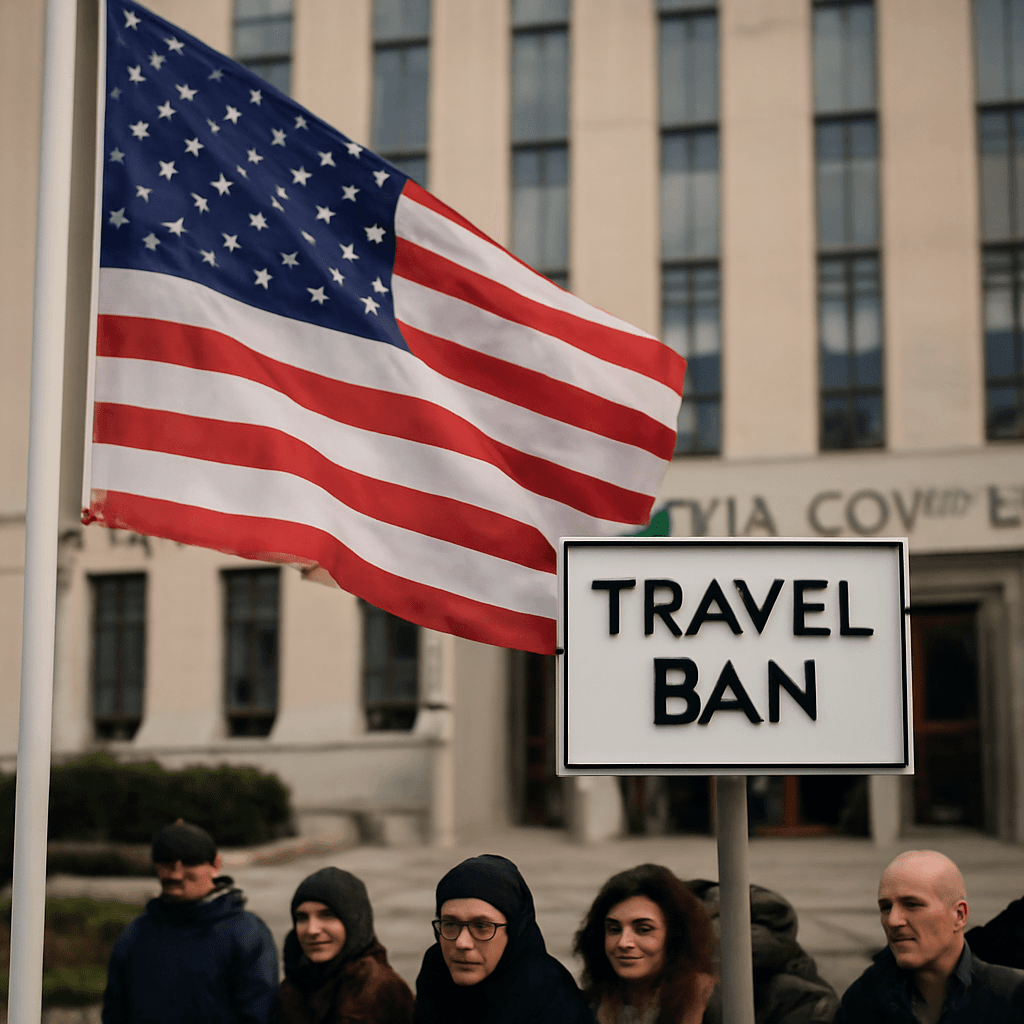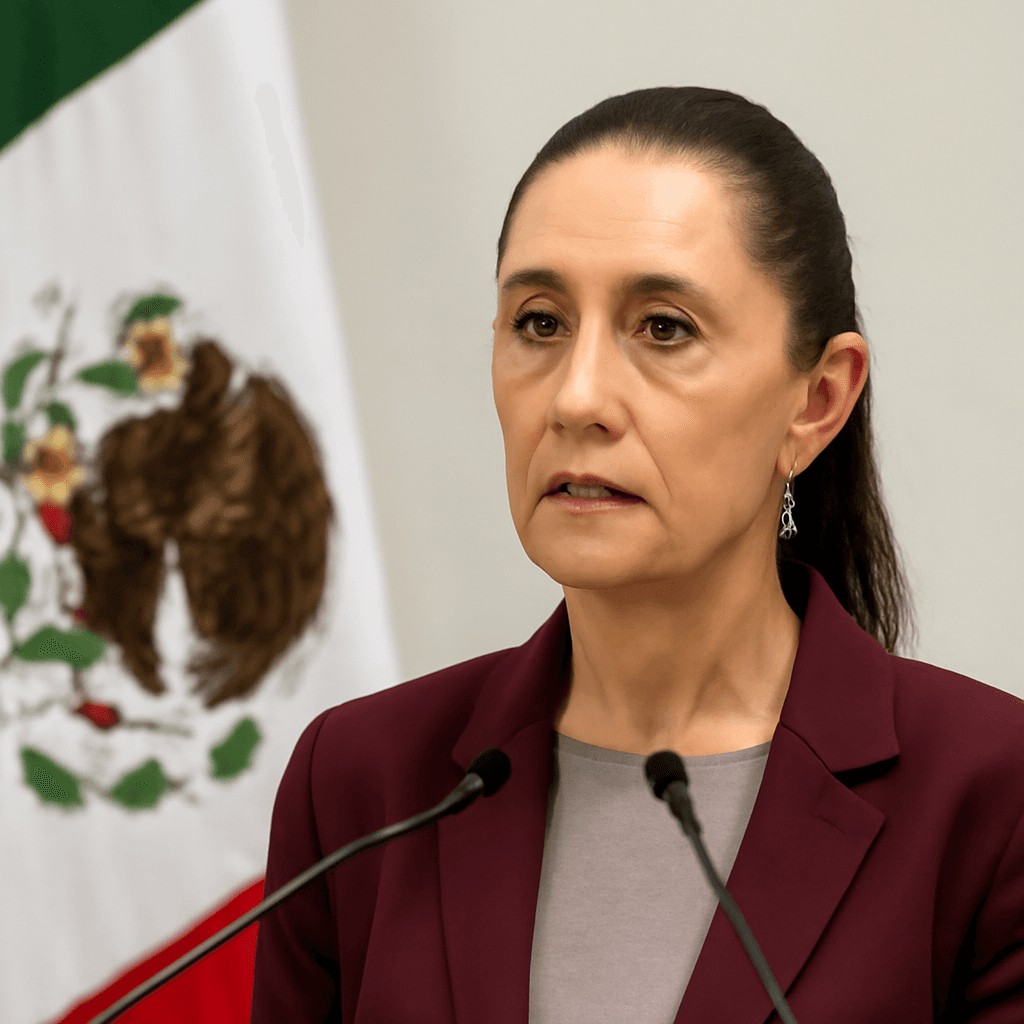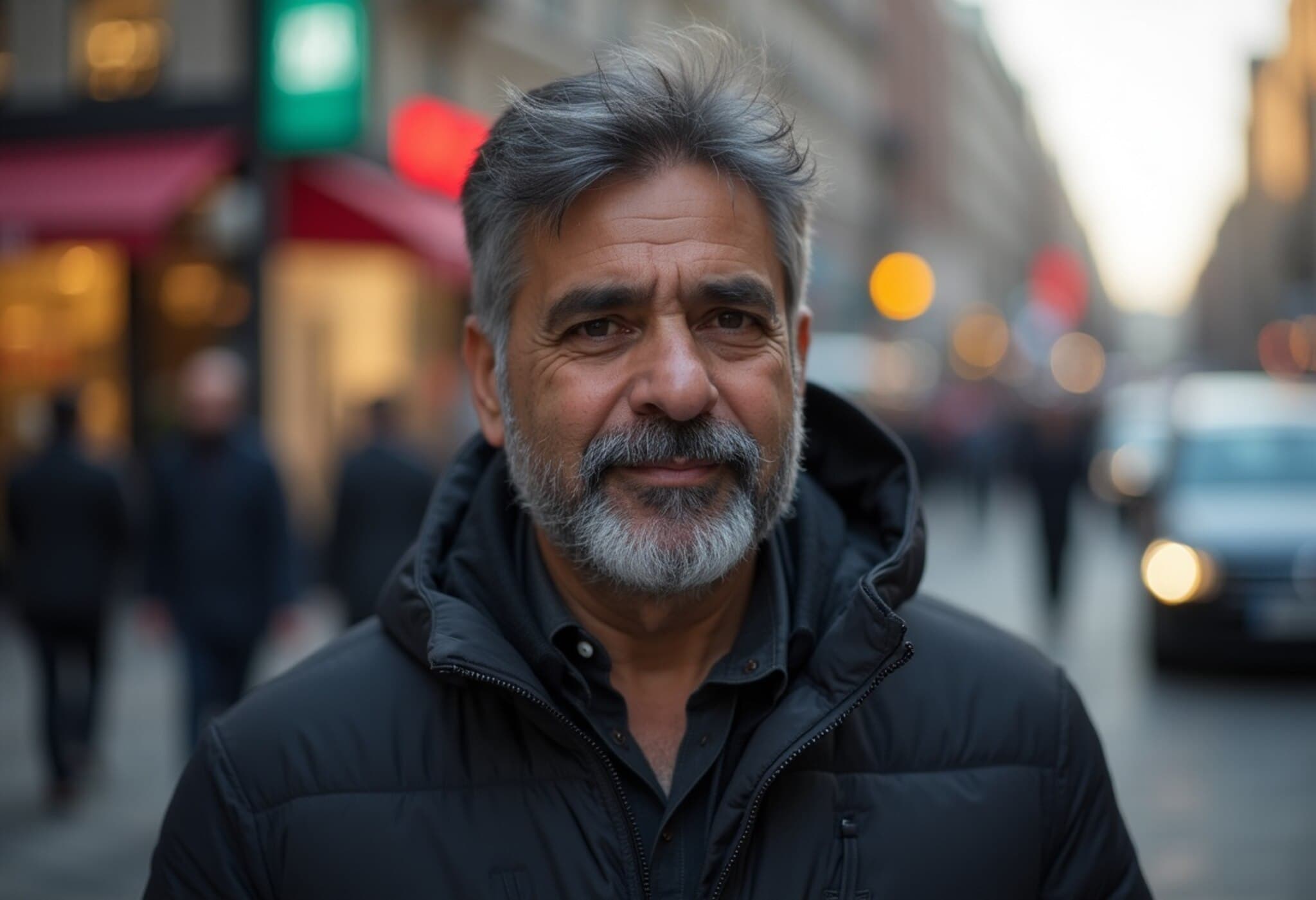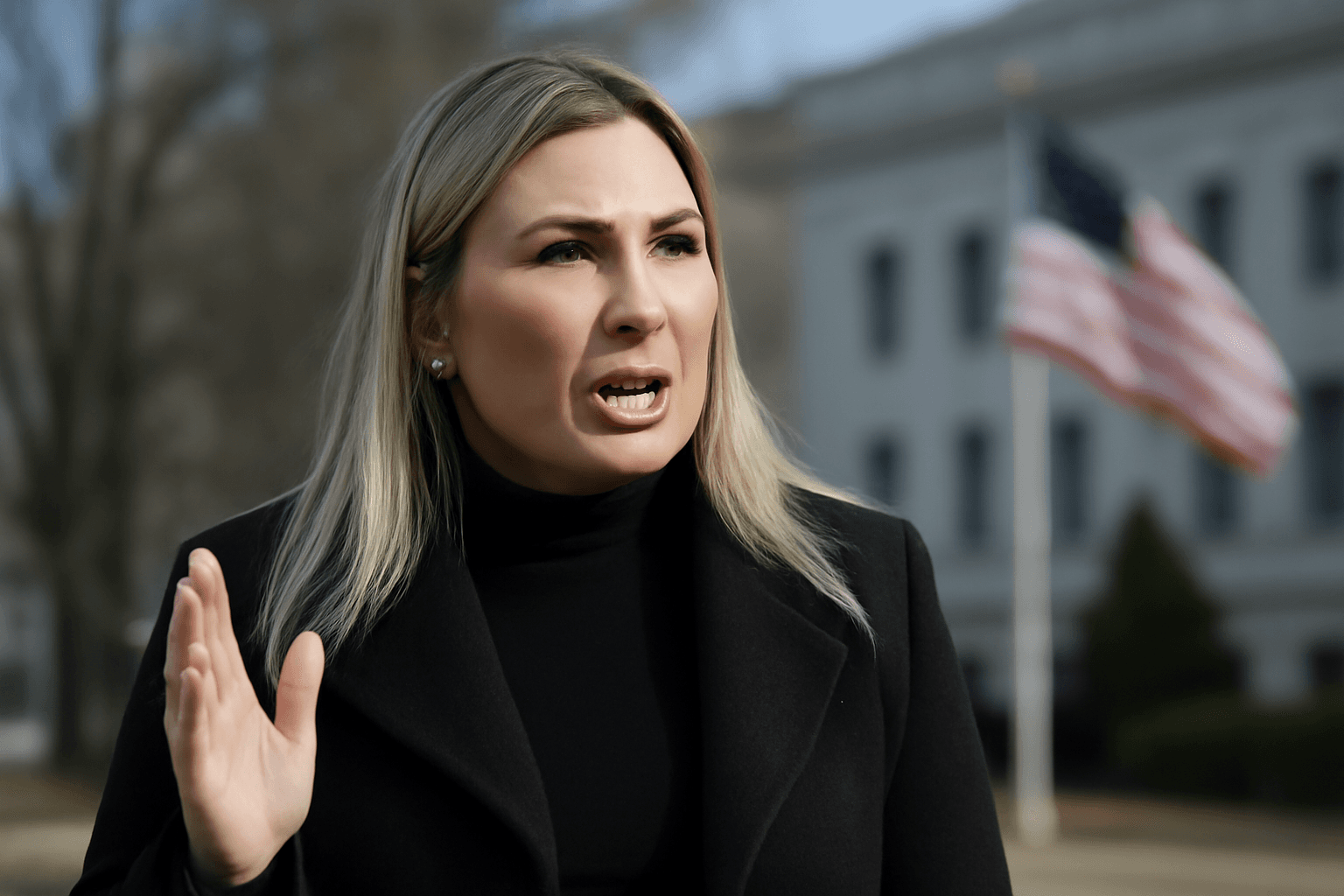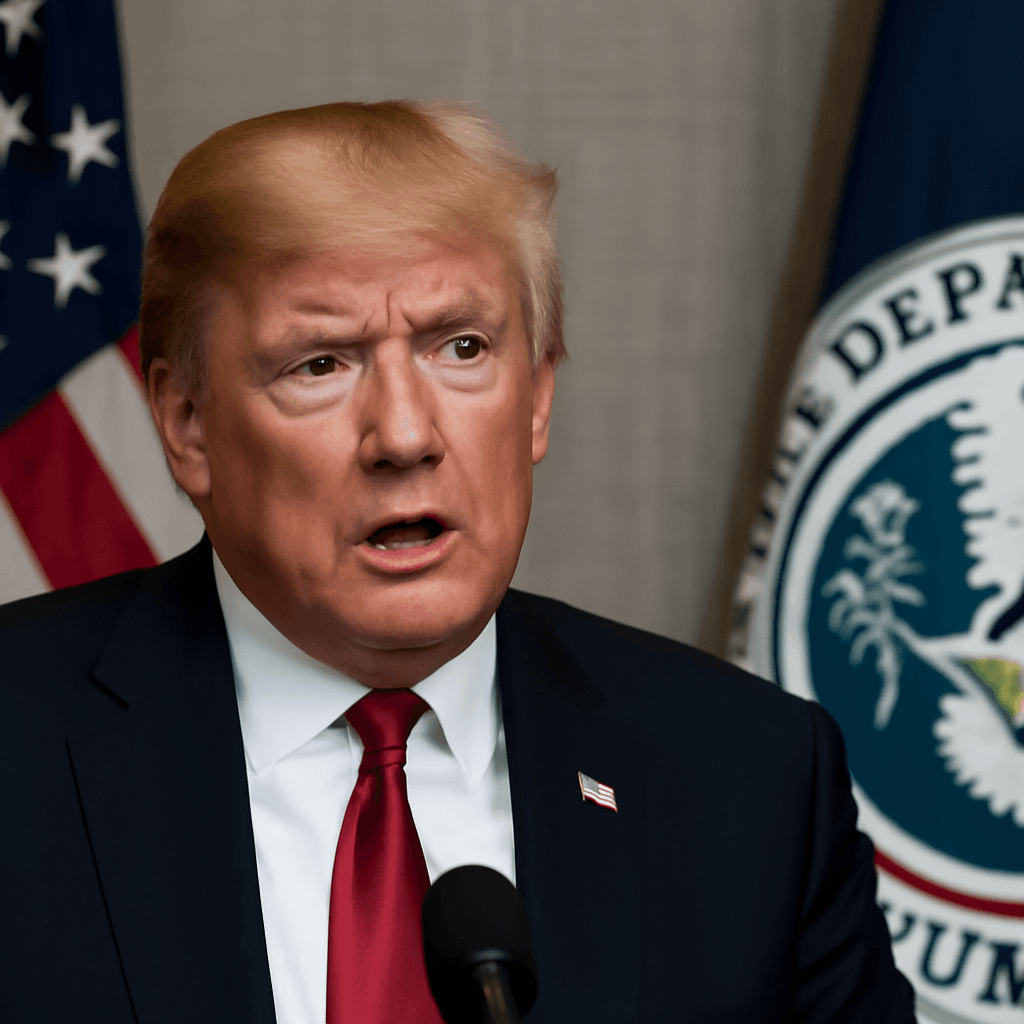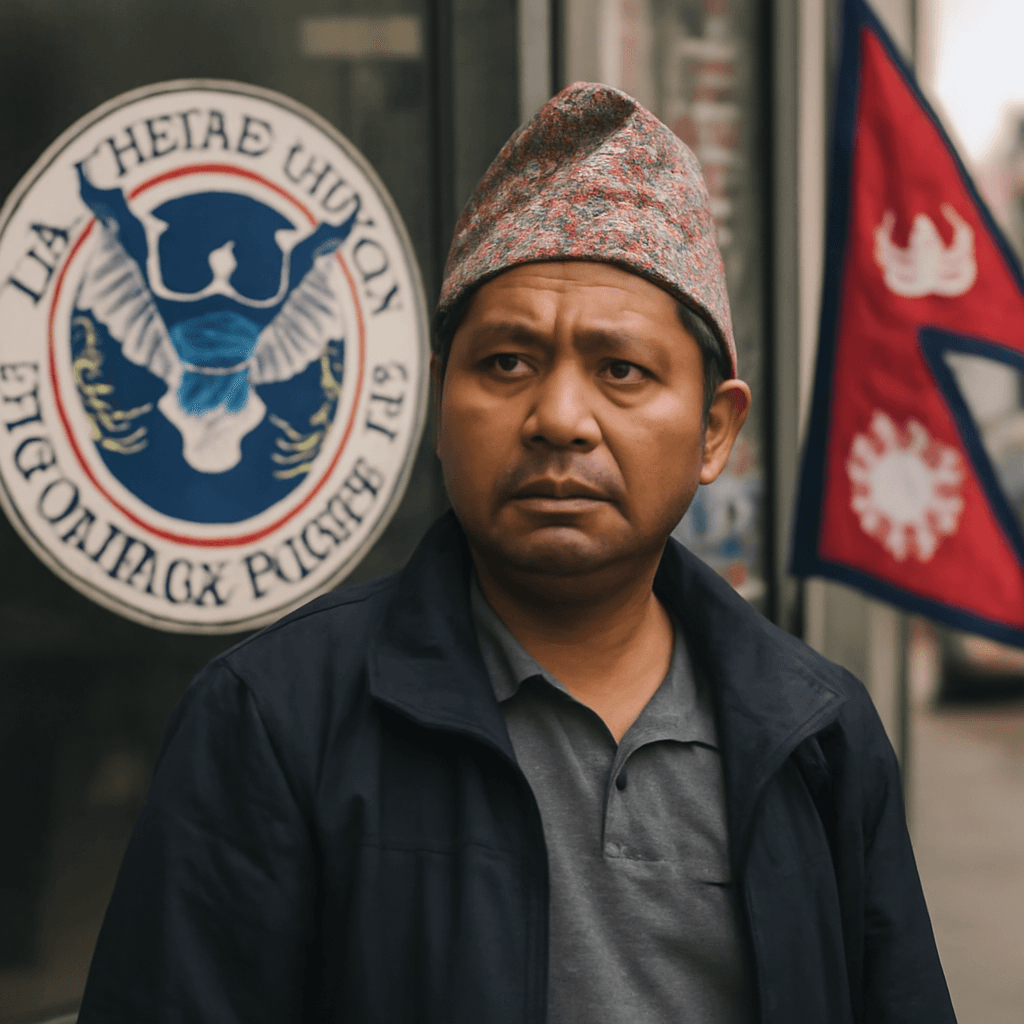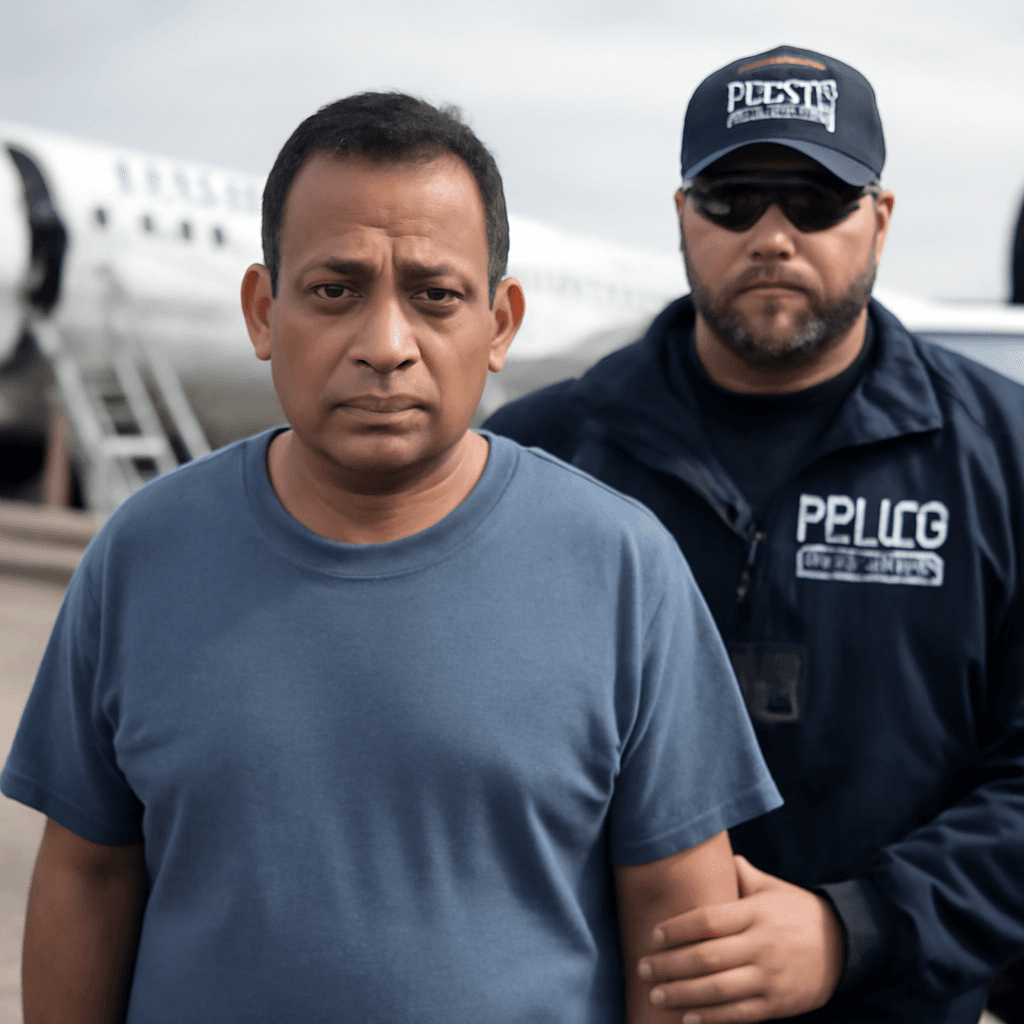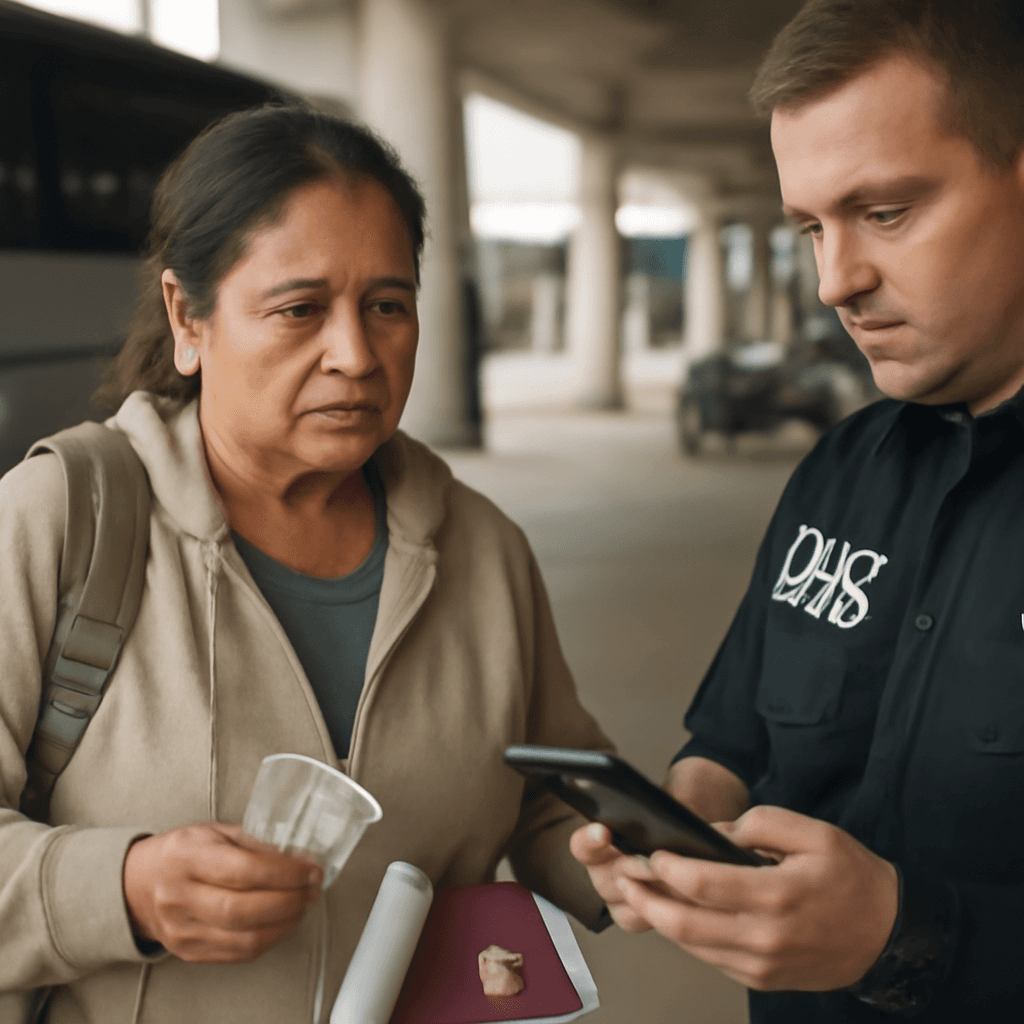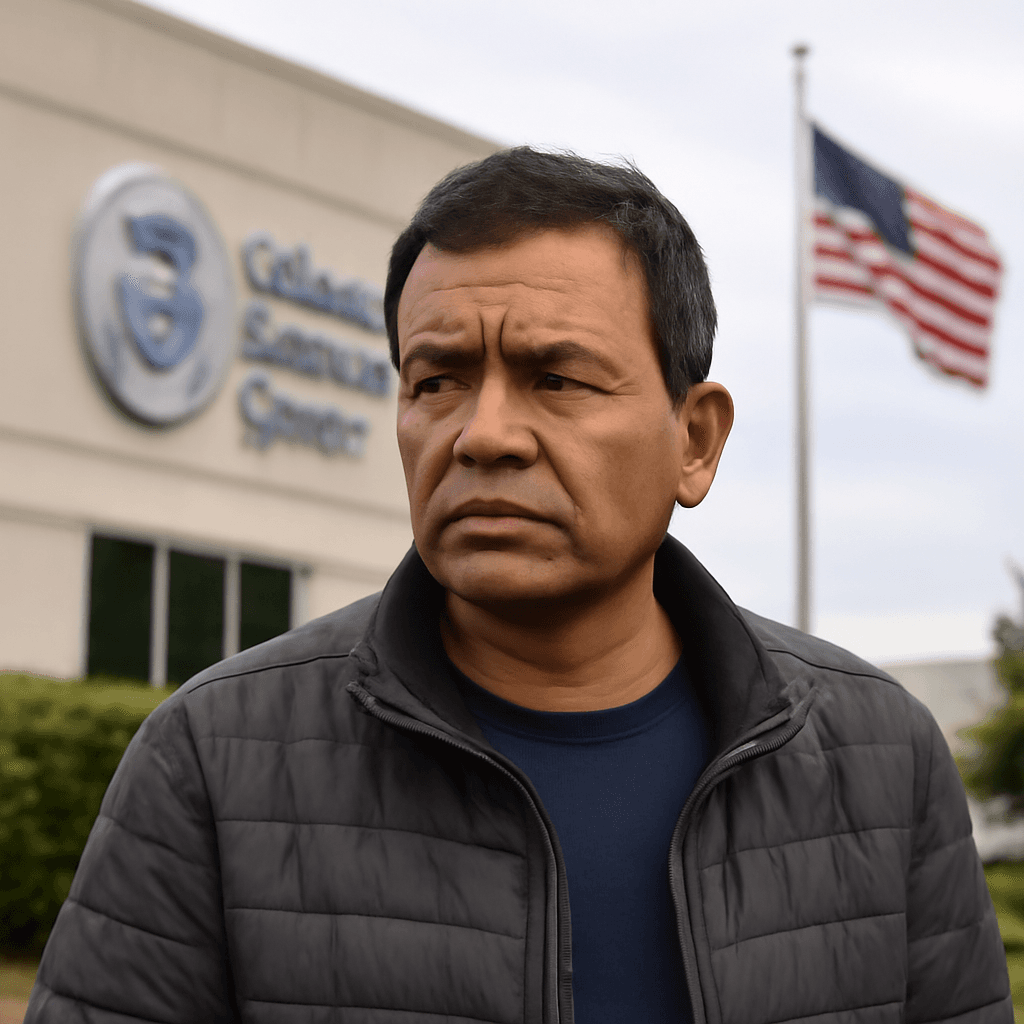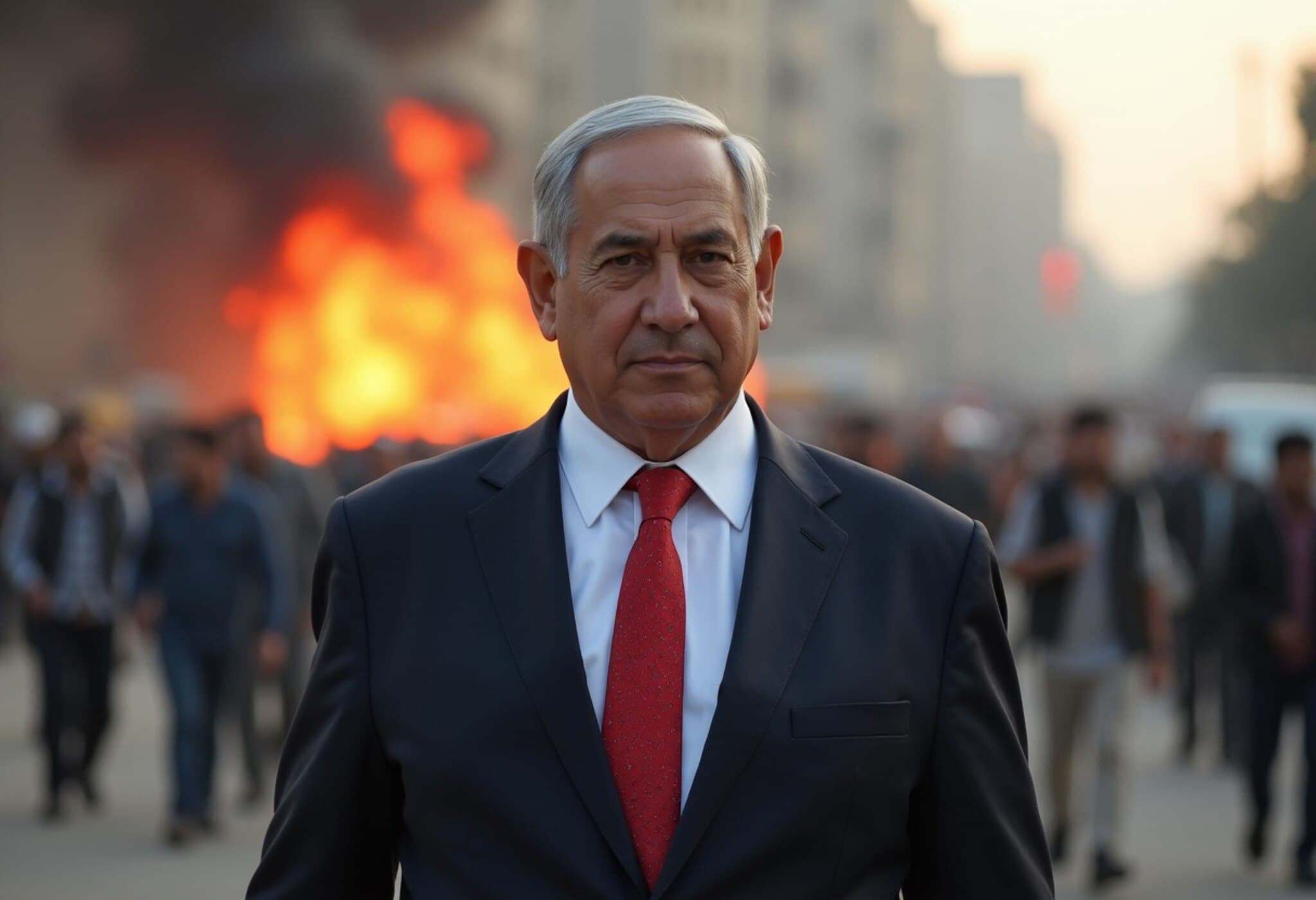US Launches Pilot Program Requiring Up to $15,000 Bonds for Some Tourist Visas
The United States government is piloting a controversial new initiative aimed at curbing the increasing problem of visa overstays. Beginning August 20, certain applicants for the B-1/B-2 tourist and business visas from countries flagged for high overstay rates may be required to post refundable bonds of up to $15,000 as part of their visa application process. This measure, announced by the Department of State, is designed to strengthen border security and encourage timely departures.
Understanding the Visa Bond Pilot Program
This 12-month pilot program empowers consular officers with the discretion to require bonds from travelers who come from countries with insufficient screening processes, notably those that offer Citizenship by Investment programs without strict residency requirements. The bond amounts can be set at $5,000, $10,000, or $15,000, calibrated according to individual risk assessments.
The bond is fully refundable if visa holders adhere to their authorized stay durations. However, failure to comply will result in the forfeiture of the bond, signaling more severe consequences for overstaying visitors.
Why Is This Happening Now?
According to recent Department of Homeland Security data, over 500,000 suspected visa overstays occurred in fiscal year 2023 alone. Such high rates put pressure on U.S. border security and immigration enforcement agencies. The pilot program also doubles as a diplomatic tool, encouraging foreign governments to enhance their internal security and verification processes.
Implications for Indian Travelers
Although the pilot program has not explicitly named the countries affected, India’s historical visa overstay figures and existing screening challenges place its nationals at potential risk of inclusion. Indian travelers applying for B-1/B-2 visas should prepare for possible bond requirements, which could affect the affordability and convenience of their trips.
Key points for Indian applicants include:
- Visa applications proceed as usual, but consular officers will evaluate eligibility for bond posting.
- If selected for the pilot, a visa issuance will be temporarily withheld until bond payment is made.
- The bond ensures an incentive for compliance with departure timelines.
- Visa validity under this program will be single-entry with a mandatory entry timeline of three months from issuance, and a maximum stay of 30 days.
Navigating the Bond Process
- Application and Interview: Apply for the visa normally and attend a consular interview.
- Bond Determination: Officers may impose bond requirements based on risk assessment.
- Payment: Applicants or sponsors pay the bond electronically after receiving instructions.
- Visa Issuance: After bond payment, visa is issued with specific annotations.
- Entry and Stay: Entry restricted to designated ports; stays limited to 30 days.
- Refund: Bond refunded upon timely departure or under valid cancellation scenarios.
Expert Insights: Balancing Security and Access
Immigration policy experts view this pilot program as a reflection of growing U.S. concerns over visa overstays that complicate immigration enforcement and national security. While the bond system introduces financial accountability, critics argue it risks unfairly penalizing legitimate travelers from certain countries, potentially dampening international business and tourism.
Moreover, this program underscores the importance of holistic immigration strategies that combine rigorous vetting with diplomatic cooperation. By incentivizing countries to improve their internal controls, the U.S. aims to foster shared responsibility for lawful travel.
Additional Considerations for Travelers
- New Visa Integrity Fee: Starting October 1, a $250 fee will apply to all approved non-immigrant visa applicants, adding to the overall cost of travel.
- Transparency: The State Department will announce the list of target nations at least 15 days before program effectuation and update it as necessary.
- Refund Process: Bonds do not accrue interest, and appeals are possible for bond return under specific circumstances.
What Remains Unclear?
Key questions remain about the pilot's practical impact, including its effects on bilateral relations with affected countries, the potential for increased visa denials, and whether the bond amounts may deter genuine tourists and business visitors.
Another critical area is the program’s extension beyond the pilot phase based on data outcomes and whether it will evolve into a permanent pillar of U.S. visa policy.
Editor’s Note
The implementation of the visa bond pilot program marks a notable shift in U.S. immigration policy, straddling the line between enhanced security and accessibility for global travelers. While financial bonds may help discourage overstays, it also raises concerns about equitable treatment and the broader repercussions on international mobility and diplomacy. Prospective travelers, particularly from India and other at-risk countries, should remain vigilant, stay informed on updates, and carefully plan their itineraries in light of these emerging requirements. The coming year will be telling in assessing whether this initiative successfully balances national security interests with the facilitation of legitimate international travel.




